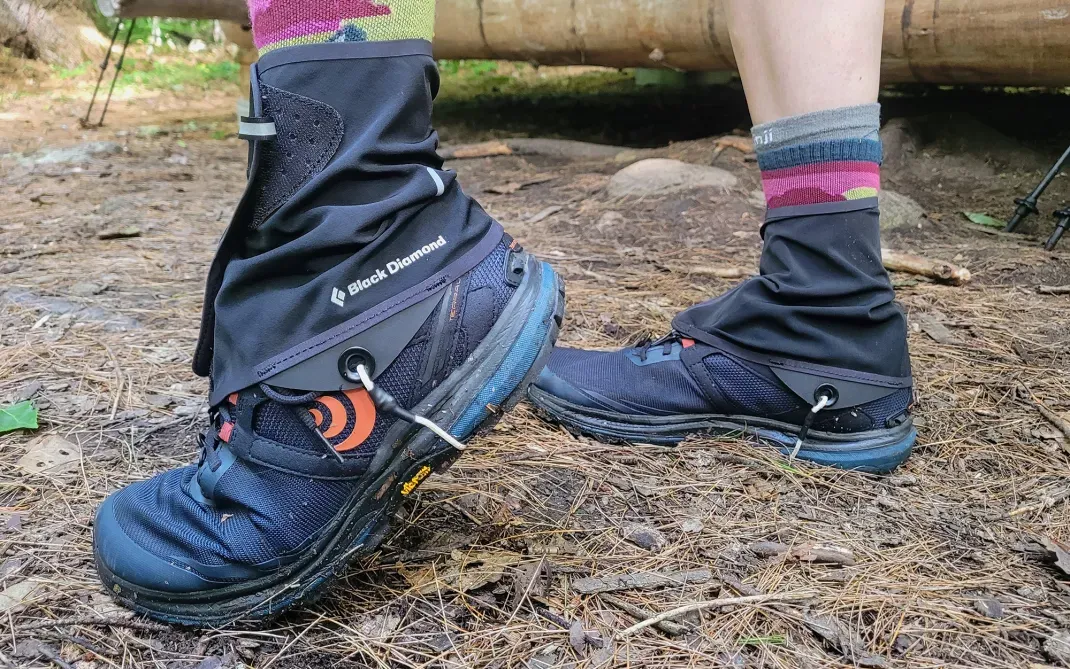The Best Hiking Boots for Plantar Fasciitis, Expert Recommendations
Finding the right hiking boots is crucial for those suffering from plantar fasciitis, as proper support and cushioning can alleviate discomfort during outdoor adventures. Experts recommend boots that offer excellent arch support, a cushioned insole, and a sturdy midsole to absorb shock. Features like a wide toe box and adjustable lacing systems can enhance comfort and prevent foot strain. Waterproof materials are also beneficial for tackling various terrains. Overall, the best hiking boots for plantar fasciitis prioritize foot health while ensuring stability and grip, allowing hikers to enjoy trails without pain.

When it comes to hiking, having the right footwear is crucial, especially for individuals suffering from plantar fasciitis. This common condition, characterized by pain along the bottom of the foot, can significantly impact one’s ability to enjoy outdoor activities. The best hiking boots for plantar fasciitis provide not only comfort but also the necessary support and stability to alleviate pain while navigating various terrains. Experts emphasize the importance of choosing boots that cater to the specific needs of those with this condition, ensuring that each step taken is as comfortable and pain-free as possible.
First and foremost, the construction of hiking boots plays a pivotal role in determining their suitability for plantar fasciitis. Look for boots that feature a supportive and cushioned insole. A contoured insole can help distribute weight evenly across the foot, reducing pressure on the plantar fascia. Many hiking boots come with removable insoles, allowing individuals to replace them with custom orthotics if needed. This customization provides an additional layer of support, catering to personal foot shapes and specific pain points.
Another essential aspect to consider is the arch support that hiking boots offer. Individuals with plantar fasciitis often have flat feet or high arches, which can exacerbate their condition. Therefore, selecting boots with built-in arch support is crucial. The best options usually provide moderate to high arch support, which helps to maintain proper foot alignment and reduces strain on the plantar fascia. When trying on boots, it’s beneficial to test them with the socks you intend to wear during hikes, as this can affect the overall fit and support.
Cushioning is another vital feature that should not be overlooked. Adequate cushioning in the midsole can help absorb shock and reduce impact on the foot during hikes. EVA foam or polyurethane midsoles are common materials that provide excellent cushioning and support. When selecting hiking boots, it's advisable to pay attention to the thickness and quality of the midsole, as this can significantly influence comfort levels during extended wear on rocky or uneven surfaces.
The fit of the hiking boots is equally important. A snug fit around the heel and midfoot prevents slippage, reducing the risk of blisters and discomfort. However, the toe box should allow for some wiggle room to prevent cramping or pinching during descents. Many brands offer wide-fit options to accommodate those with broader feet, ensuring that comfort is not compromised. It’s also recommended to try on boots later in the day when feet are more likely to swell, ensuring that the fit will be comfortable during long hikes.
Breathability is another factor that can enhance comfort during hikes. Hiking boots made from materials such as Gore-Tex or other waterproof yet breathable fabrics can help wick moisture away from the foot while keeping water out. This feature is especially beneficial for hikes in varying weather conditions, as it helps regulate temperature and prevents excessive sweating, which can lead to discomfort.
When it comes to traction, the outsoles of hiking boots are designed to provide grip on various terrains. Look for boots with deep lugs and a rugged tread pattern that can grip rocky, muddy, or uneven surfaces. This feature not only enhances stability and confidence while hiking but also reduces the risk of slips and falls, which can exacerbate foot pain for those with plantar fasciitis. Vibram soles are often recommended for their durability and traction, making them a popular choice among outdoor enthusiasts.
Durability is another key consideration when selecting hiking boots. Investing in high-quality boots made from sturdy materials ensures that they will withstand the rigors of outdoor activities. Leather and synthetic combinations tend to offer both durability and support, making them ideal for rugged hiking environments. While initially more expensive, high-quality boots can save money in the long run by reducing the need for frequent replacements.
Expert recommendations frequently highlight specific brands and models known for their suitability for those with plantar fasciitis. For instance, brands like Merrell, Salomon, and Lowa offer boots specifically designed to provide the necessary support and comfort. Models such as the Merrell Moab, Salomon X Ultra, and Lowa Renegade are often praised for their cushioning, arch support, and overall fit. Each of these models has been tested by hikers who deal with plantar fasciitis, providing real-world feedback on their performance in the field.
In addition to selecting the right boots, it’s essential to break them in properly. New hiking boots can feel stiff and uncomfortable initially, so taking the time to wear them on shorter walks before embarking on longer hikes can help ensure that they mold to your foot shape. This approach reduces the risk of blisters and discomfort during actual hiking trips.
Finally, while choosing the best hiking boots for plantar fasciitis can make a significant difference, it's also important to incorporate other strategies to manage foot pain. Stretching and strengthening exercises for the feet and calves can help alleviate symptoms. Additionally, using ice therapy after hikes can reduce inflammation and discomfort.
Ultimately, the best hiking boots for plantar fasciitis combine comfort, support, and durability. By considering the features that alleviate pain and enhance stability, individuals can confidently explore the great outdoors while minimizing the impact of plantar fasciitis on their hiking experience. With the right boots and proper care, the joy of hiking can be rediscovered, allowing for a more fulfilling connection with nature.




